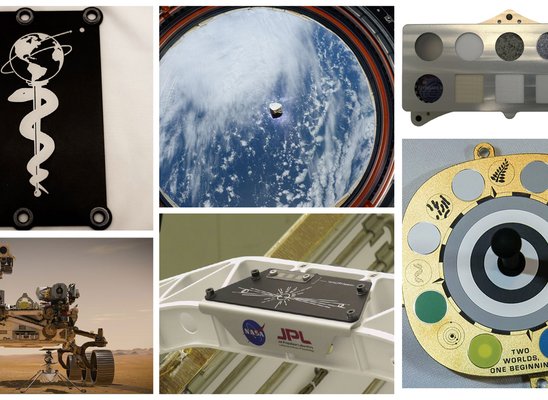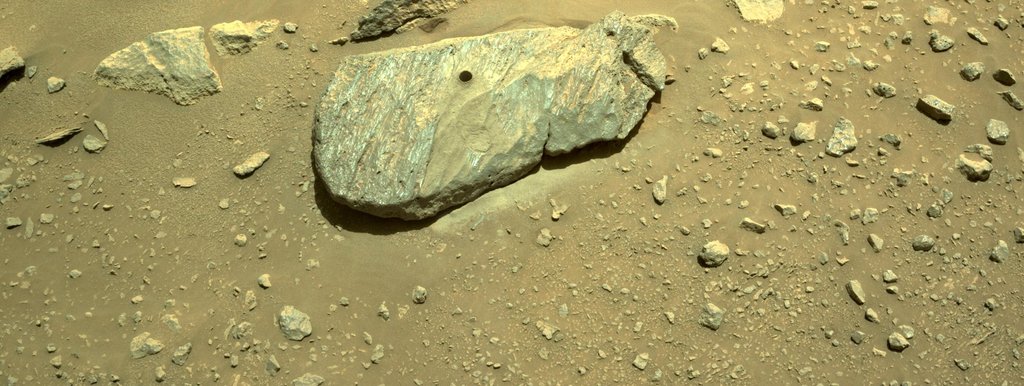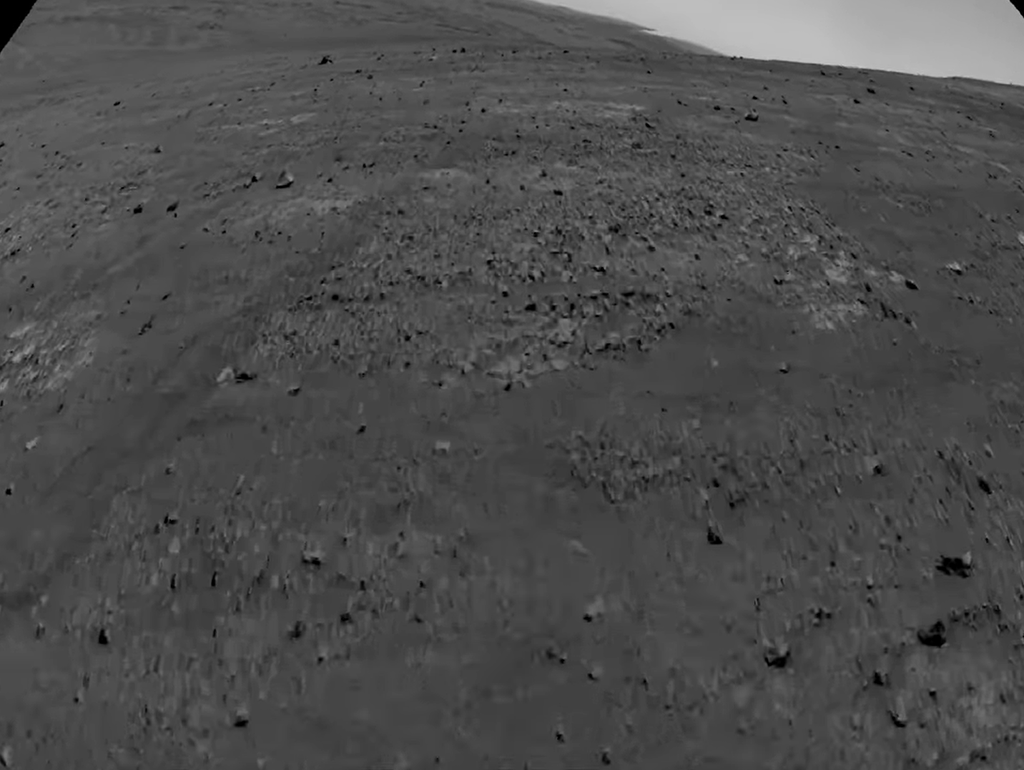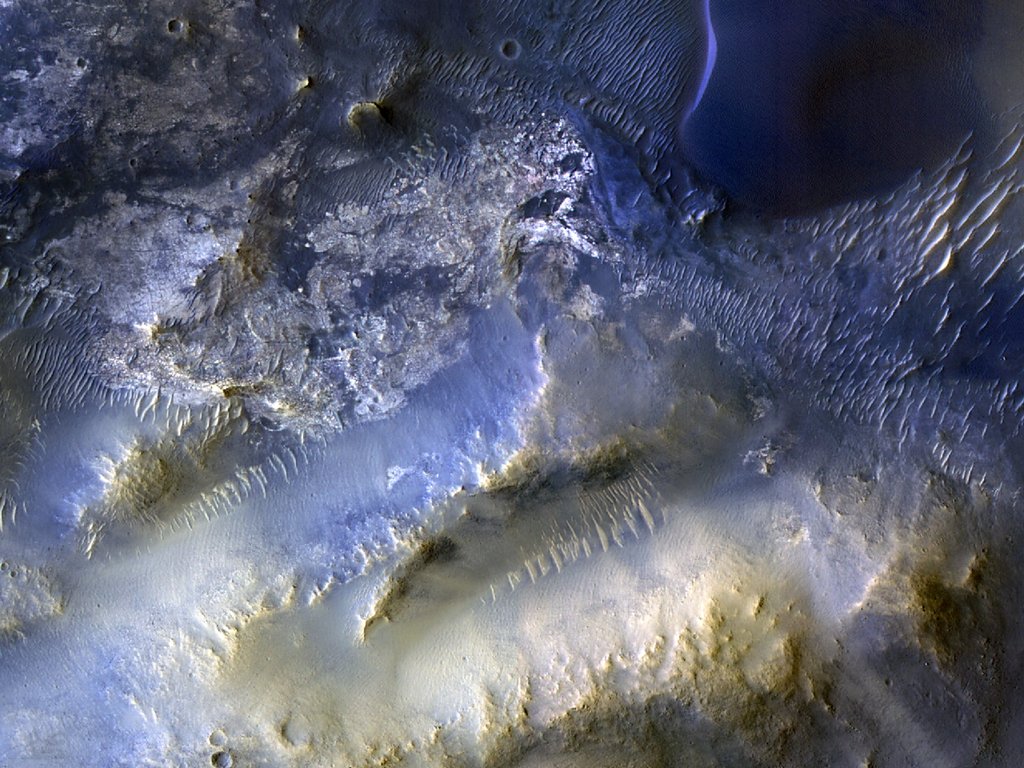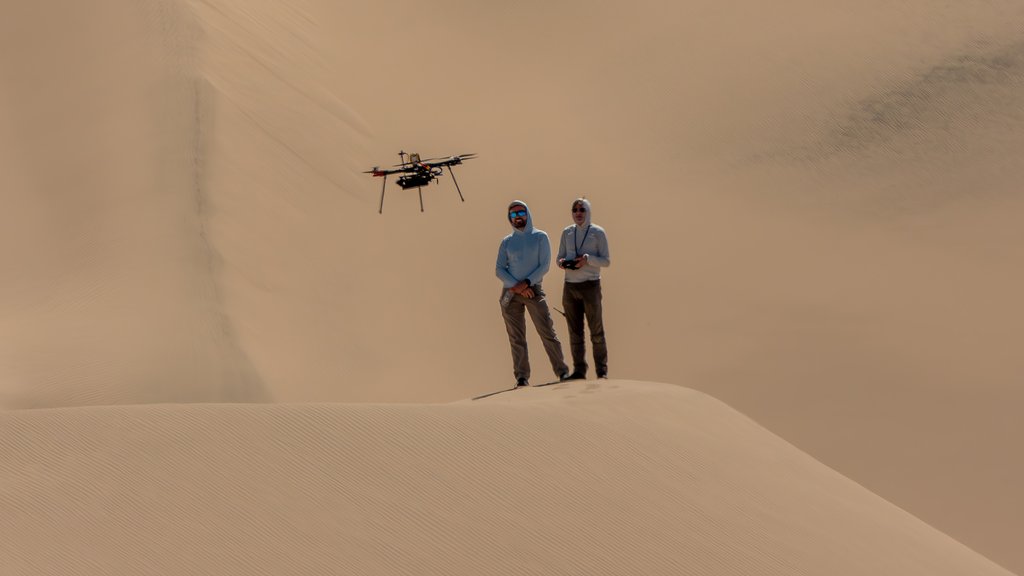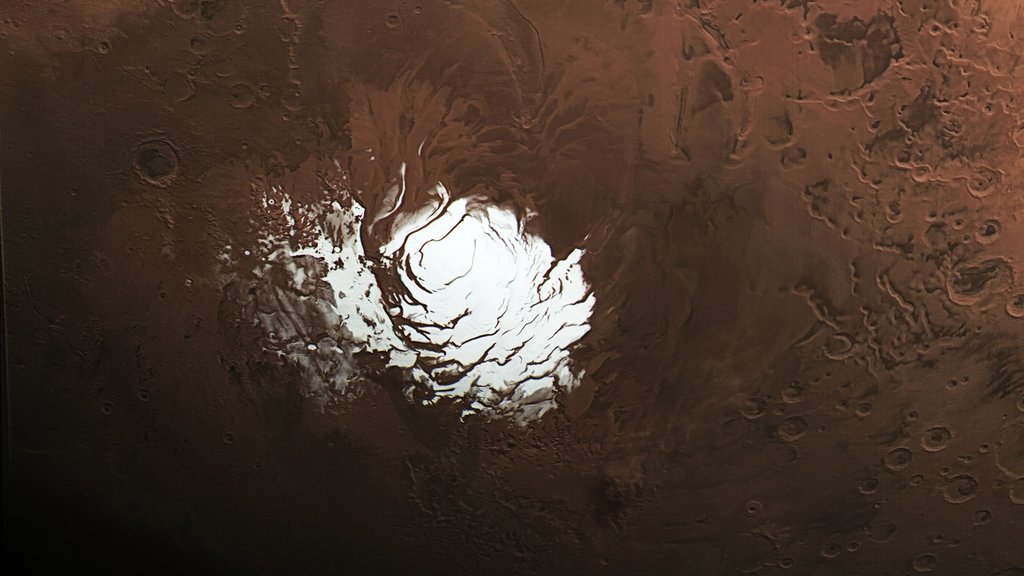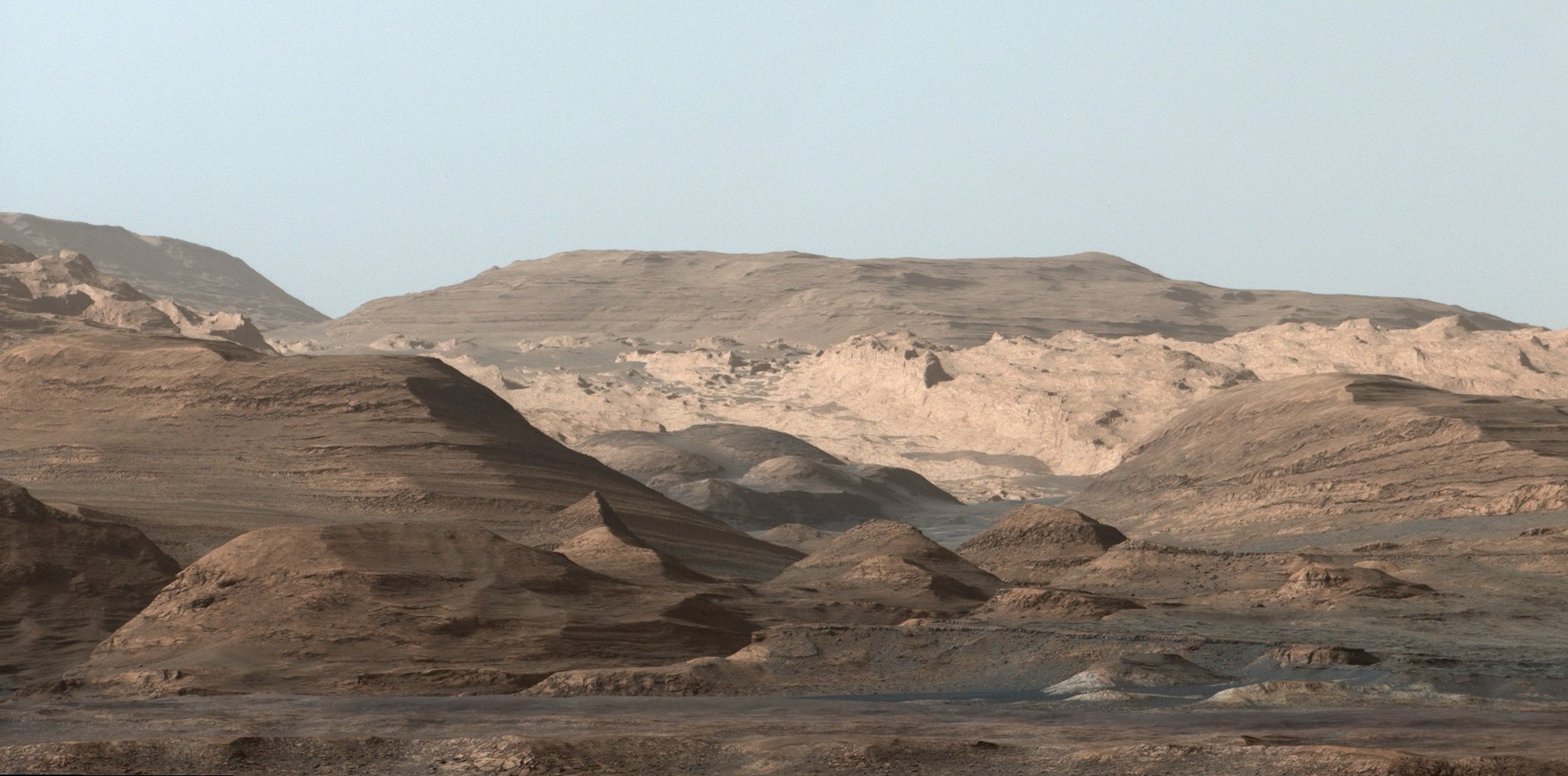
At Work on Mars
Mars Exploration at JPL
For more than half a century, NASA's fleet of increasingly sophisticated orbiters, landers, and rovers has helped us transform science fiction into reality, enabling us to piece together detailed information about Mars, our nearest planetary neighbor. These robotic explorers have revealed details of the Red Planet’s diverse surface, atmosphere, and weather, the presence of water in its past, and its potential for life through the ages and for astronauts in the future.
JPL has played a pivotal role in this exploration, starting when the first successful spacecraft, Mariner 4, completed the first Mars flyby in 1965, and in 1976, when two Viking landers successfully touched down on the Martian surface. The era of Mars rovers opened when Mars Pathfinder and its Sojourner rover successfully landed in 1997. In fact, JPL designed, built, and operated all five of the successful Mars rovers. Since 1997, JPL-managed spacecraft have been exploring continuously on the ground and in the skies above Mars.
What We Learn By Exploring Mars
That reddish planet in our nighttime skies has long intrigued brilliant science fiction writers and enthusiasts. Fortunately, Mars has also attracted great science and technology minds, including many at JPL who help us address tantalizing questions through an ongoing, focused series of Mars missions.
Those missions have already revealed strong evidence that some areas once had conditions suitable for life. Knowing that Mars was habitable, the question becomes: Was it ever inhabited? And if so, is life still there today, perhaps in polar ice or deep underground? The early Mars climate was more Earth-like. What changed so dramatically? Mars still has a rock record of that ancient climate on its surface, providing key clues to a part of planetary history largely erased from our own planet. So, what can we learn from Mars about our own planet’s history and future?
Among other things, we may be able to answer some questions about the origin and evolution of life, and how climates change. What we learn will also help pave the way for future human explorers to Mars, the closest habitable word to our own.
NASA resource
More About Mars
Mission SpotlightPerseverance Rover
The Mars 2020 mission with its Perseverance rover is the first step of a roundtrip journey to return Mars samples to Earth for further study.
ExploreTime on Mars
